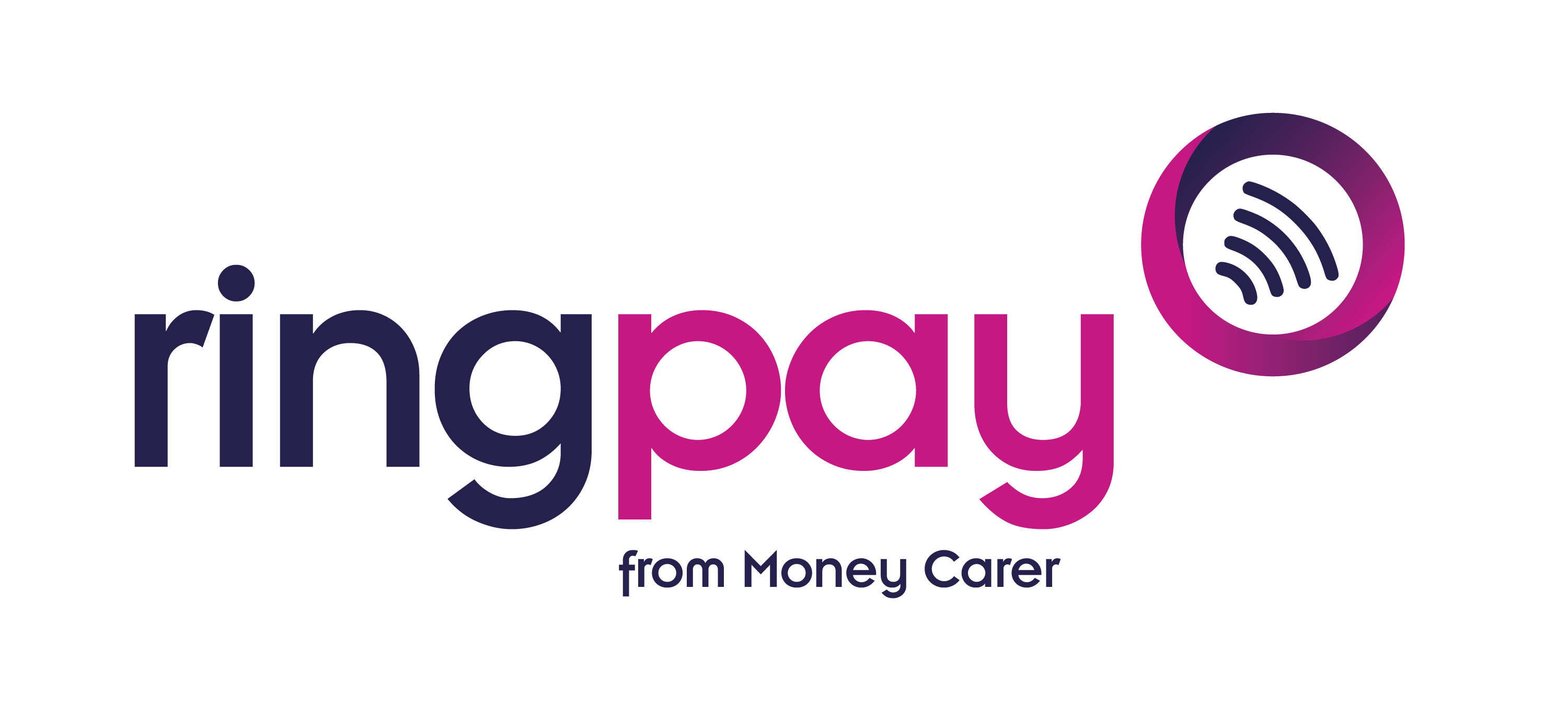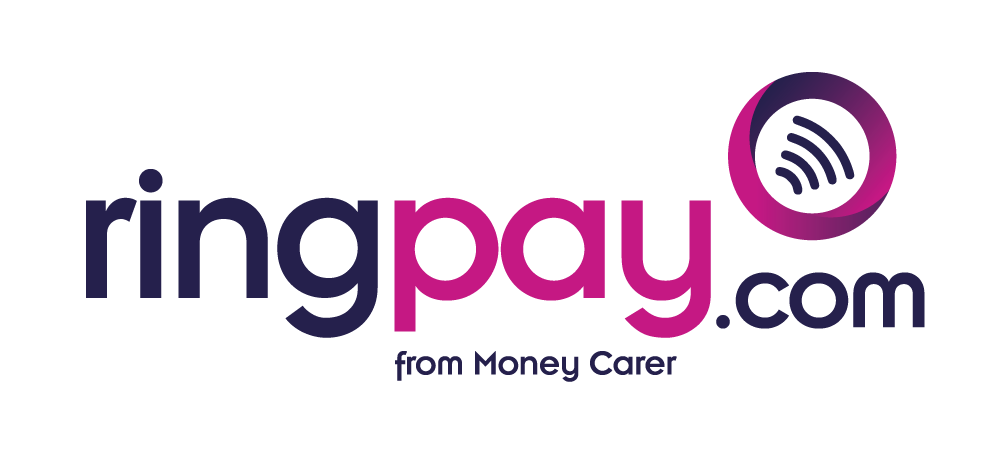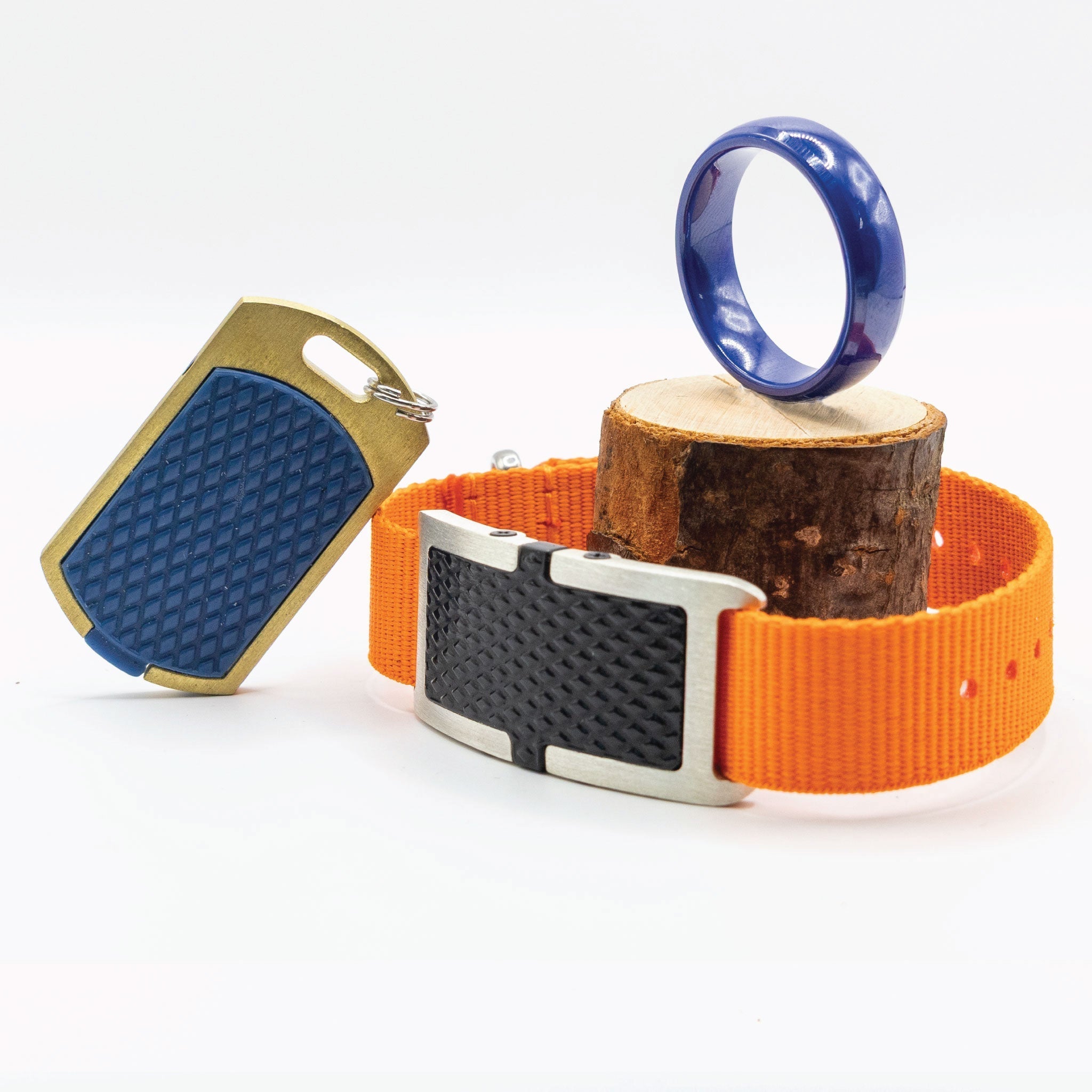At first glance, RingPay devices might look like everyday accessories. A ring. A bracelet. A keyring. But each one contains something that changes how people experience payments—especially those who need something simpler, safer, and easier than a bank card.
Every RingPay device contains an NFC chip. The same basic technology that powers contactless debit cards. But unlike a card, our wearables are designed to be worn and used without ever being removed. There’s no screen, no battery, no need to charge. It’s always ready.
When you tap it on a card reader, it works just like a contactless card. But the benefit isn’t just the tech—it’s the fact that it removes many of the everyday obstacles people face with traditional methods. You don’t have to hold a card steady, remember a PIN, or pull something out of a wallet with limited dexterity.
What makes RingPay different isn’t just the hardware. It’s how it connects to our banking platform, Monika, which is trusted by law firms, care providers, and the NHS. Each device is tied to a prepaid account that can be topped up, managed, and monitored by carers or support teams. This gives the person wearing the device independence while allowing trusted people to maintain oversight.
If a device is lost, it can be frozen instantly. Spending limits can be set. Top-ups can be scheduled. It’s simple, secure, and built with real people in mind.
The technology behind RingPay isn’t flashy. It’s functional. That’s what makes it powerful. Because for many users, being able to pay independently—even for something small—makes a big difference.



Share:
Empowering Independence: How Wearable Tech Is Transforming Payments for Vulnerable People
From Banking to Breakthroughs: The Story Behind RingPay’s Payment Revolution